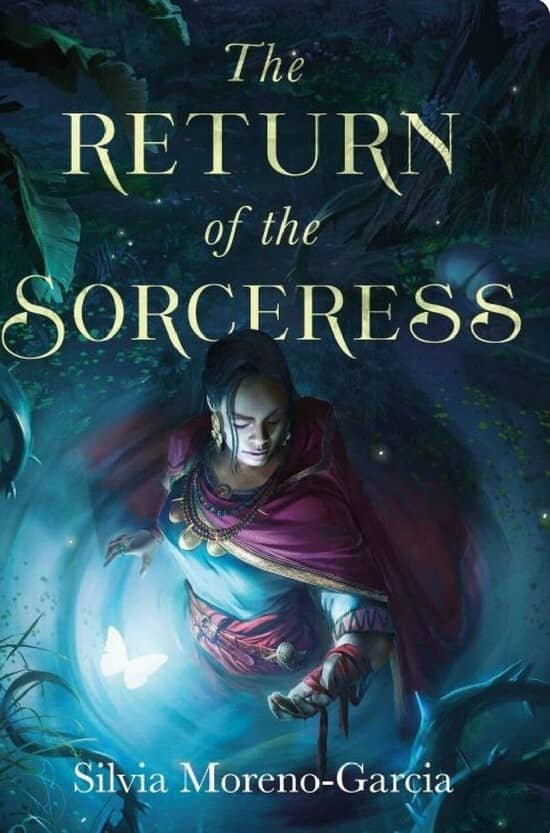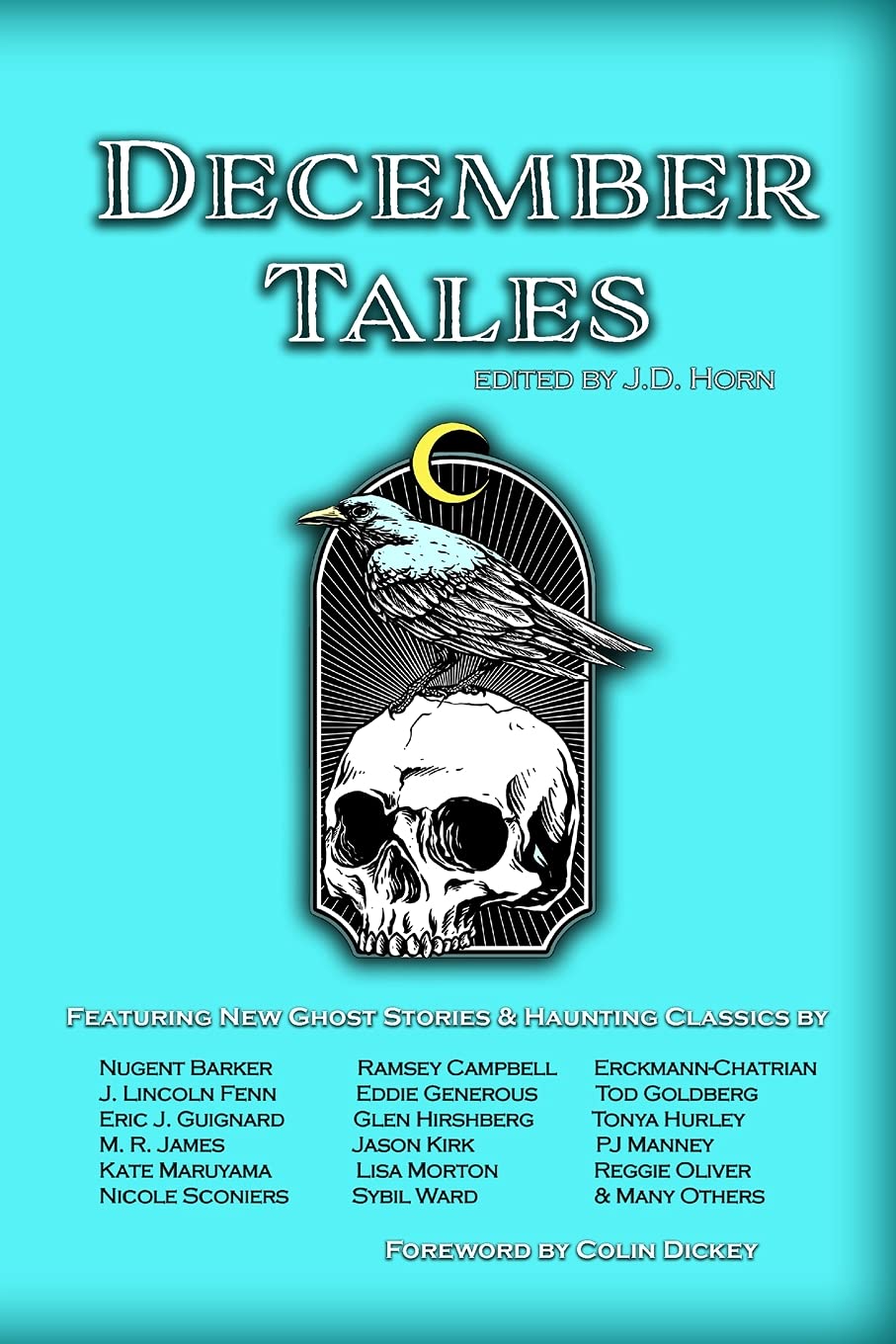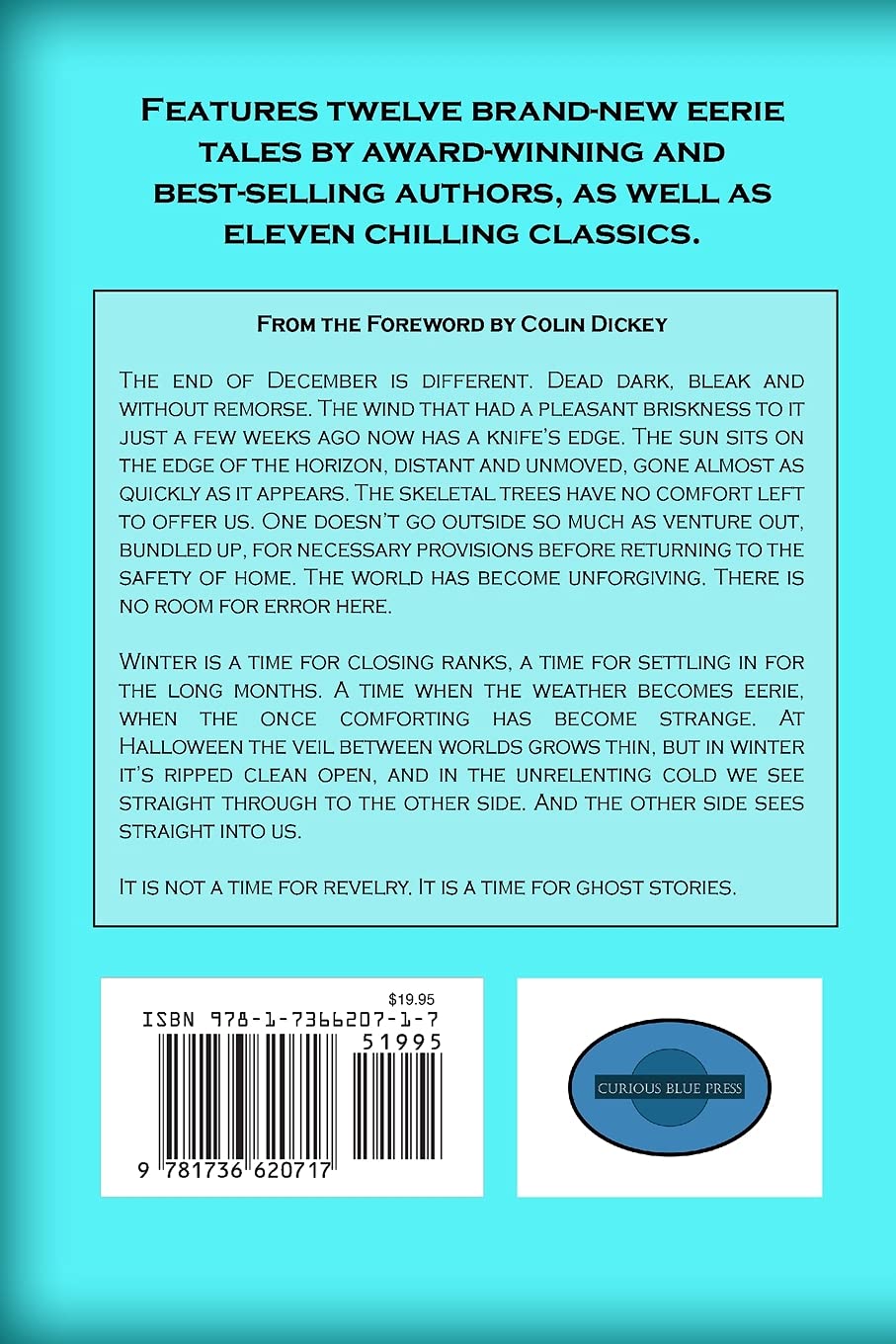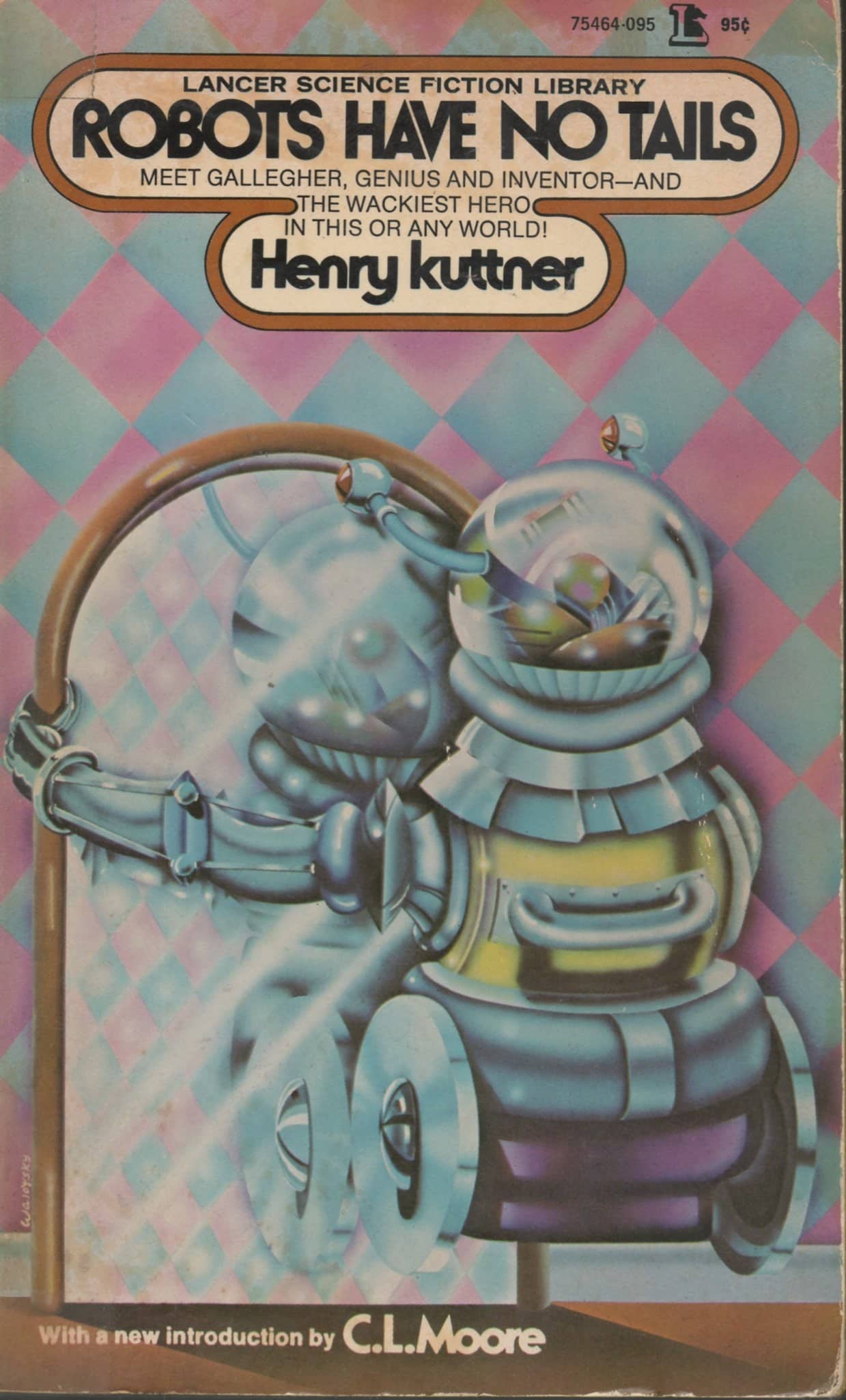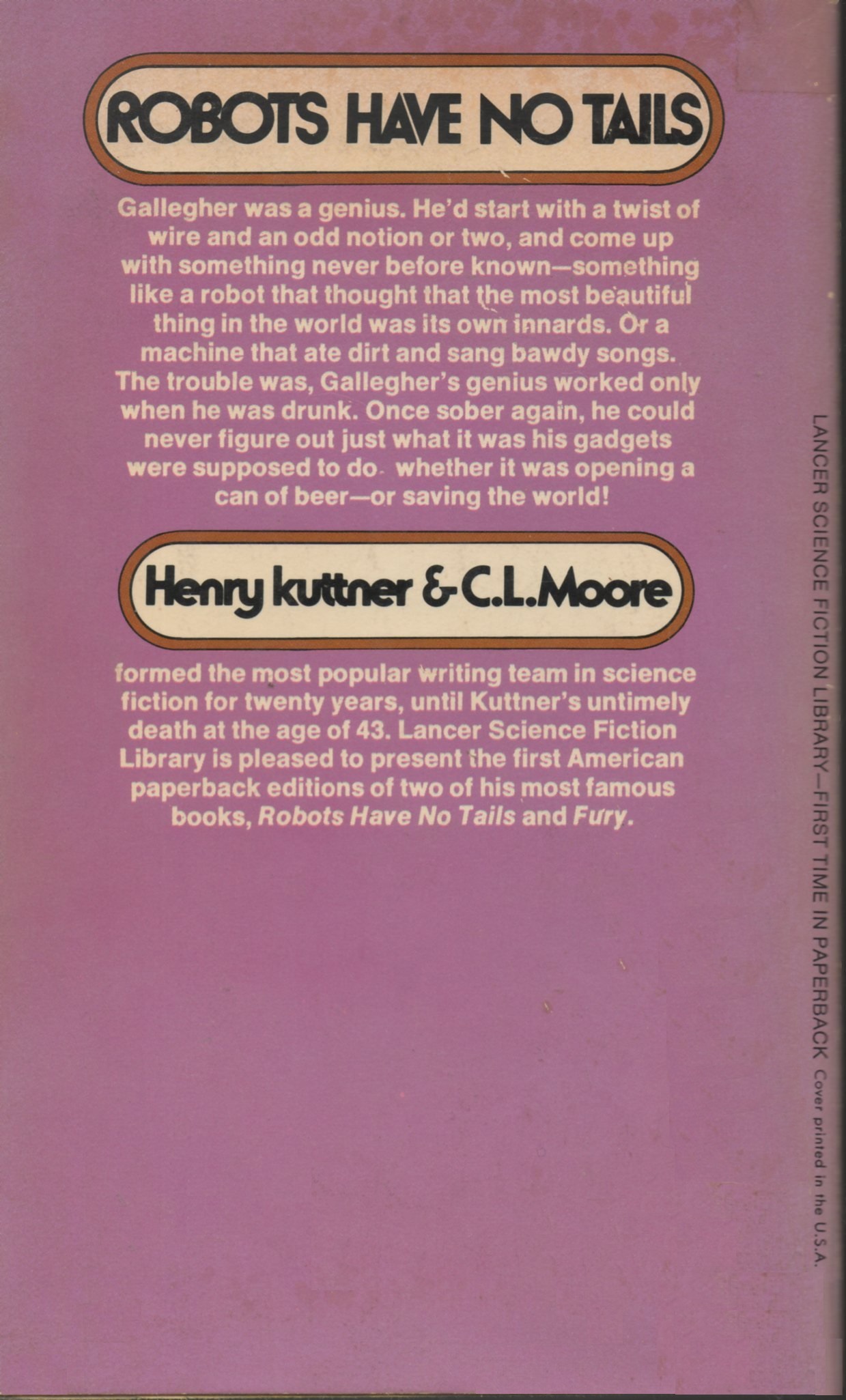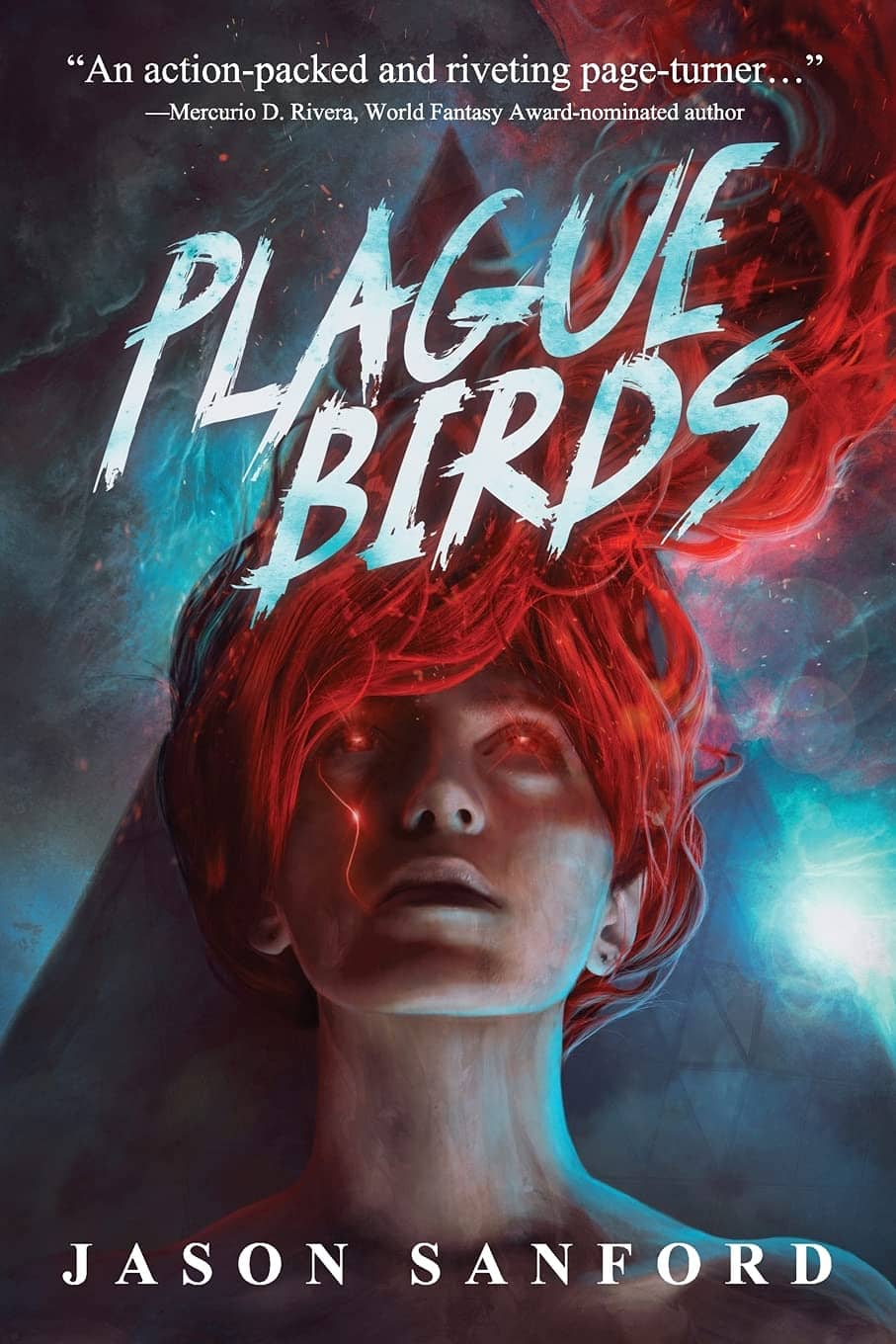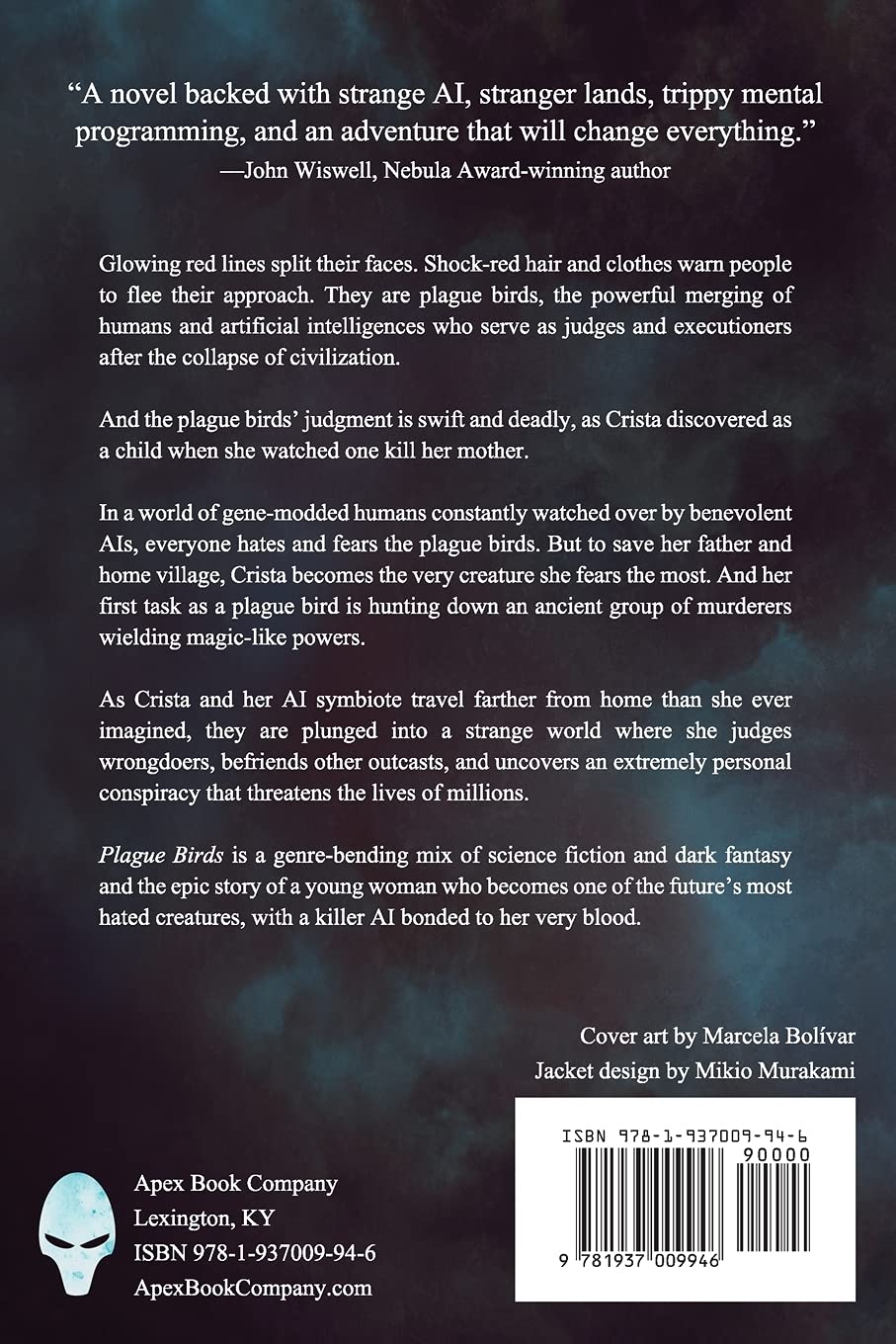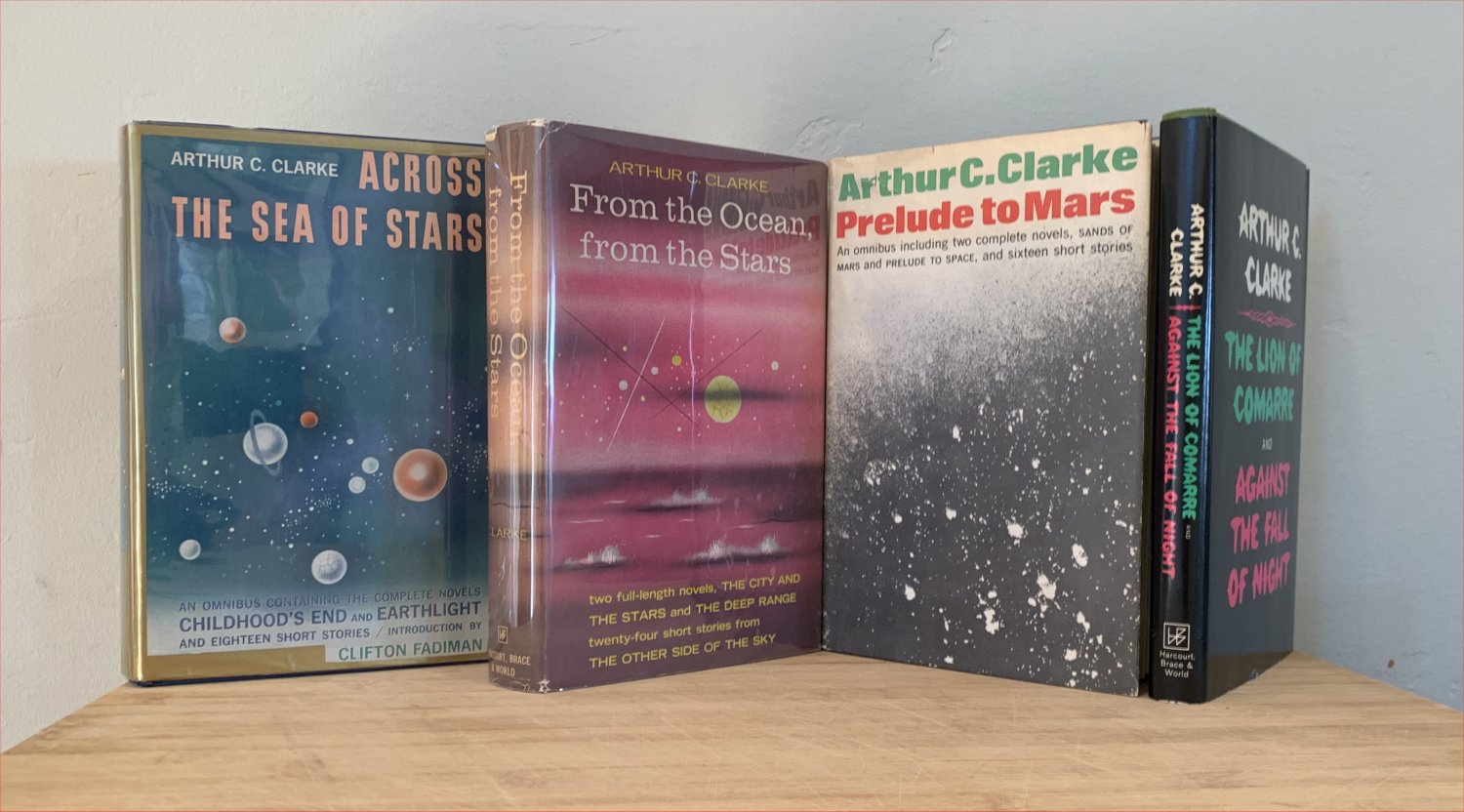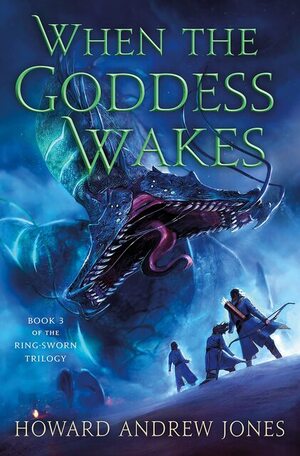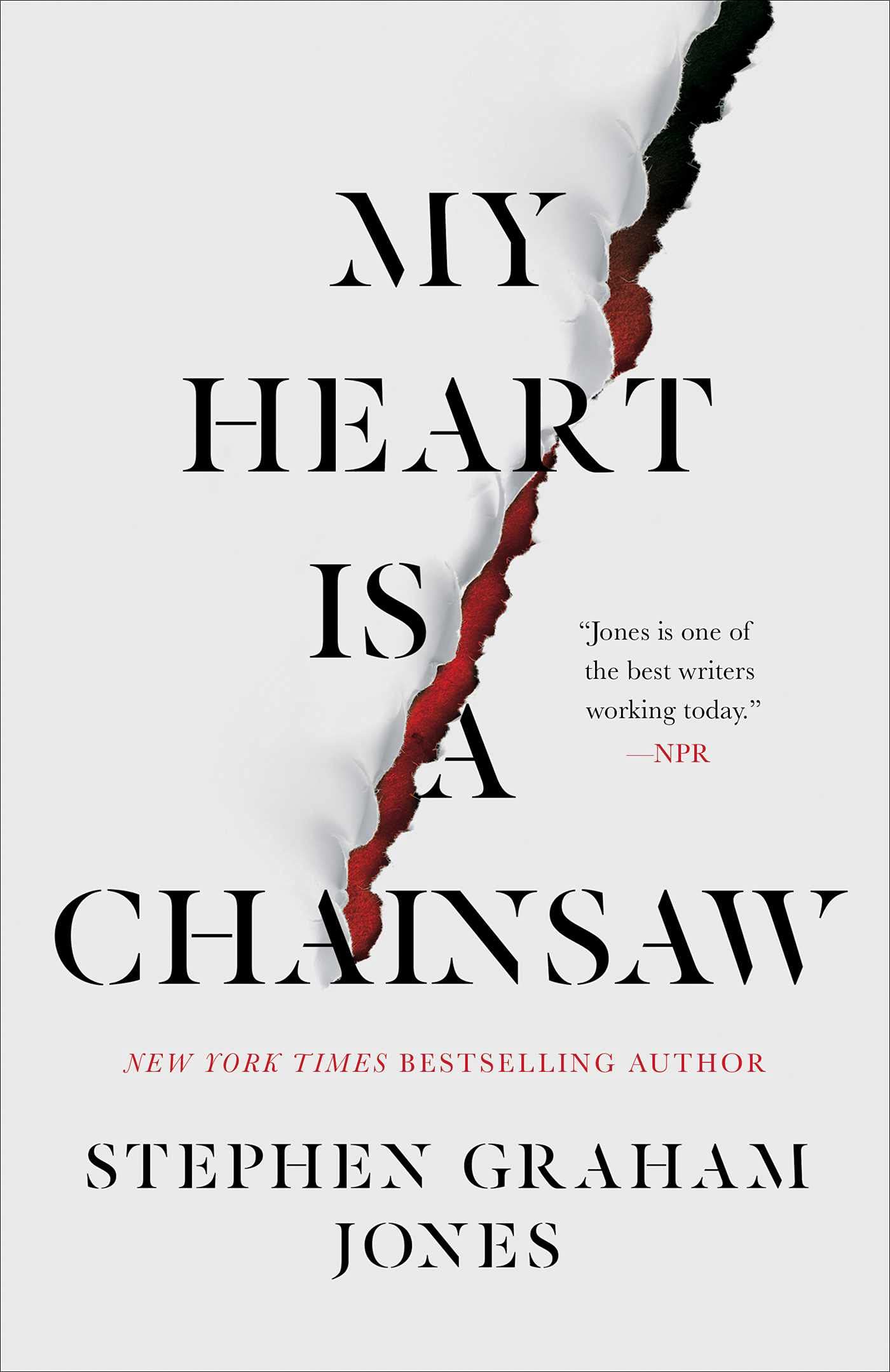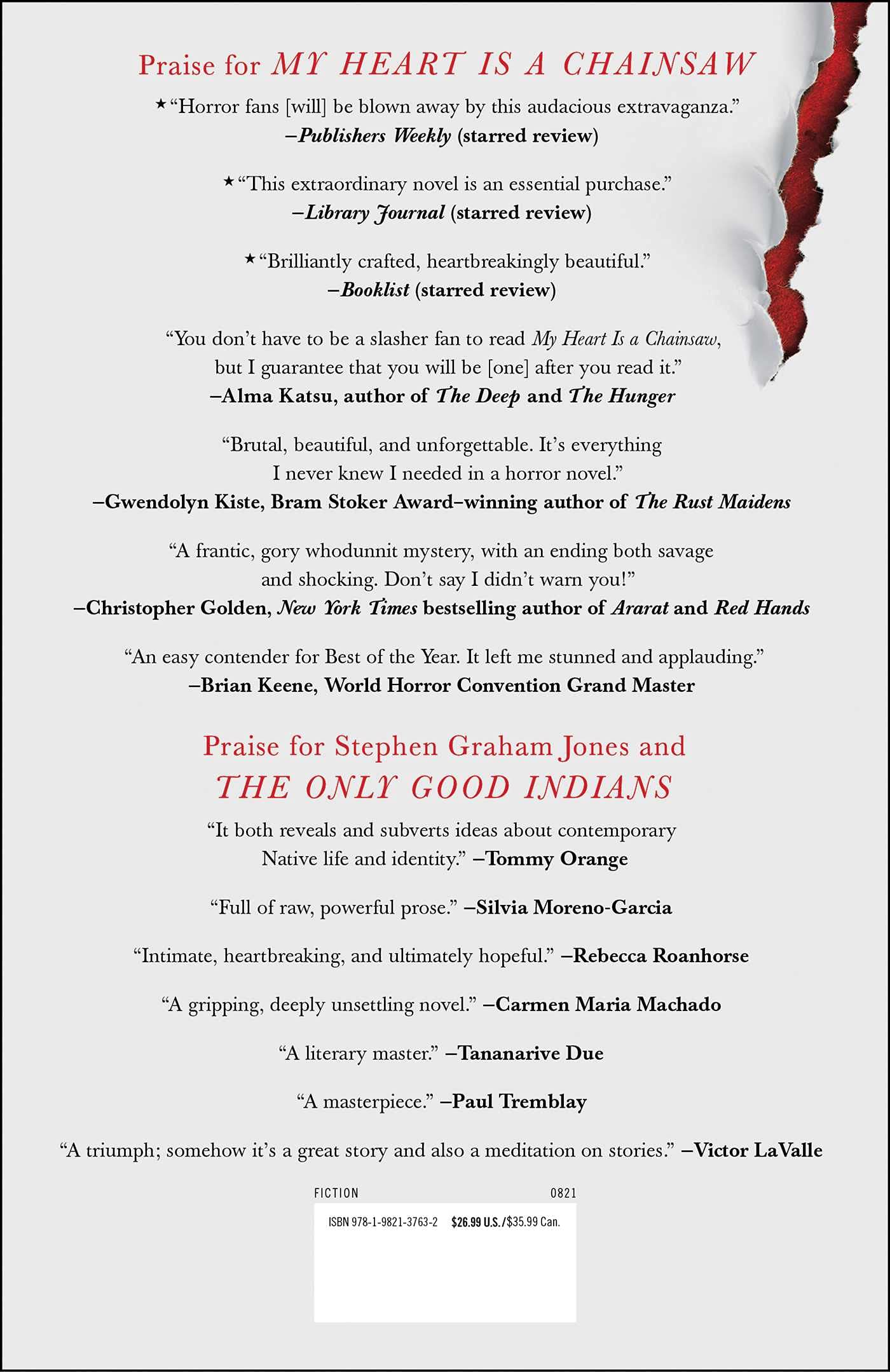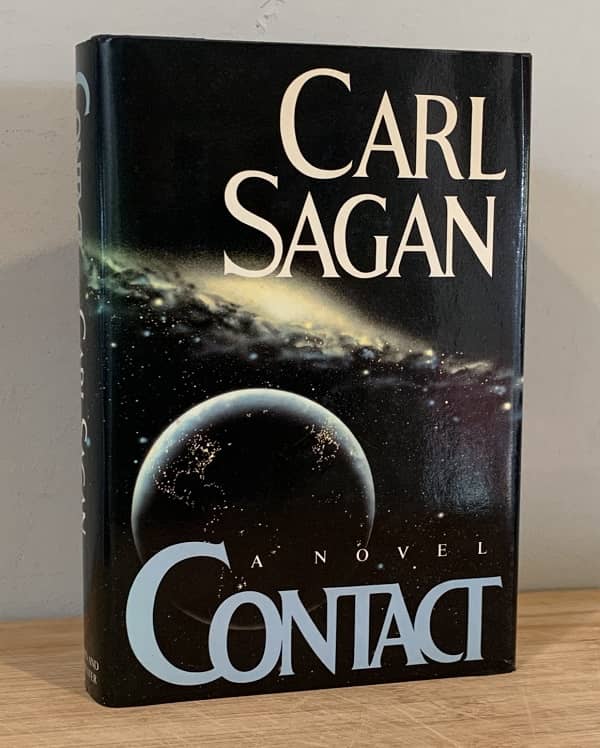Knight at the Movies: SIEGE (1983), or SELF DEFENSE or possibly NIGHT WARRIORS
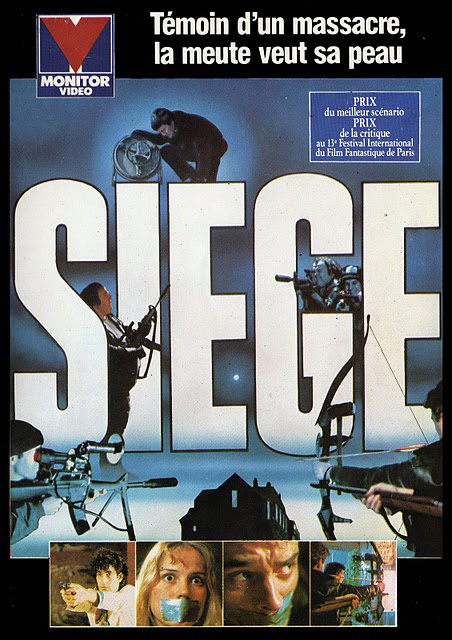 You ever watch one of the long video game cutscenes that passes for movies these days and think “I kinda miss old, raw-looking films, like early Romero and Carpenter. Something that had teeth. Heart. Balls. They don’t make ’em like that anymore.”
You ever watch one of the long video game cutscenes that passes for movies these days and think “I kinda miss old, raw-looking films, like early Romero and Carpenter. Something that had teeth. Heart. Balls. They don’t make ’em like that anymore.”Whether they do or don’t make them like that anymore is another blog post, but a good way to go back and get that early Romero vibe is to seek out overlooked titles from the era. One of those is the Canuxploitation shocker Siege (1983) (released in the USA as Self Defense and sometimes Night Warriors). Thanks to Severin Films, this lost thriller is now available to today’s Blu-ray audience and streaming through sites like Amazon.
Now I’ve seen this movie labeled online as pastiche/homage/ripoff of John Carpenter’s Assault on Precinct 13. YMMV, but to me this is the work of a couple of filmmakers (Paul Donovan and Maura O’Connell of DEFCON-4 fame, most memorable for its excellent poster) who love Assault and want to make something like it, but improve on its weaknesses. They gave the attackers faces, names, and characters, cutting down the numbers to a handful, and made the defenders more vulnerable by putting them in two-story apartment quad, rather than a fortress-like police station. But I get ahead of myself.
…
